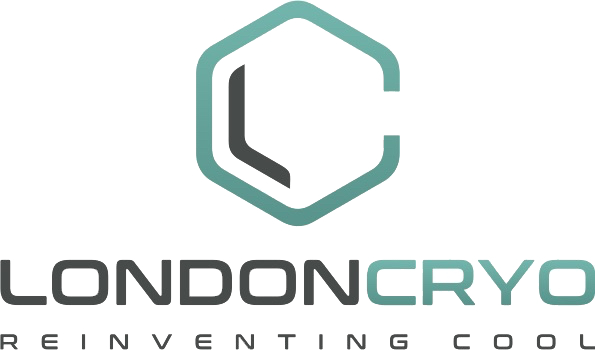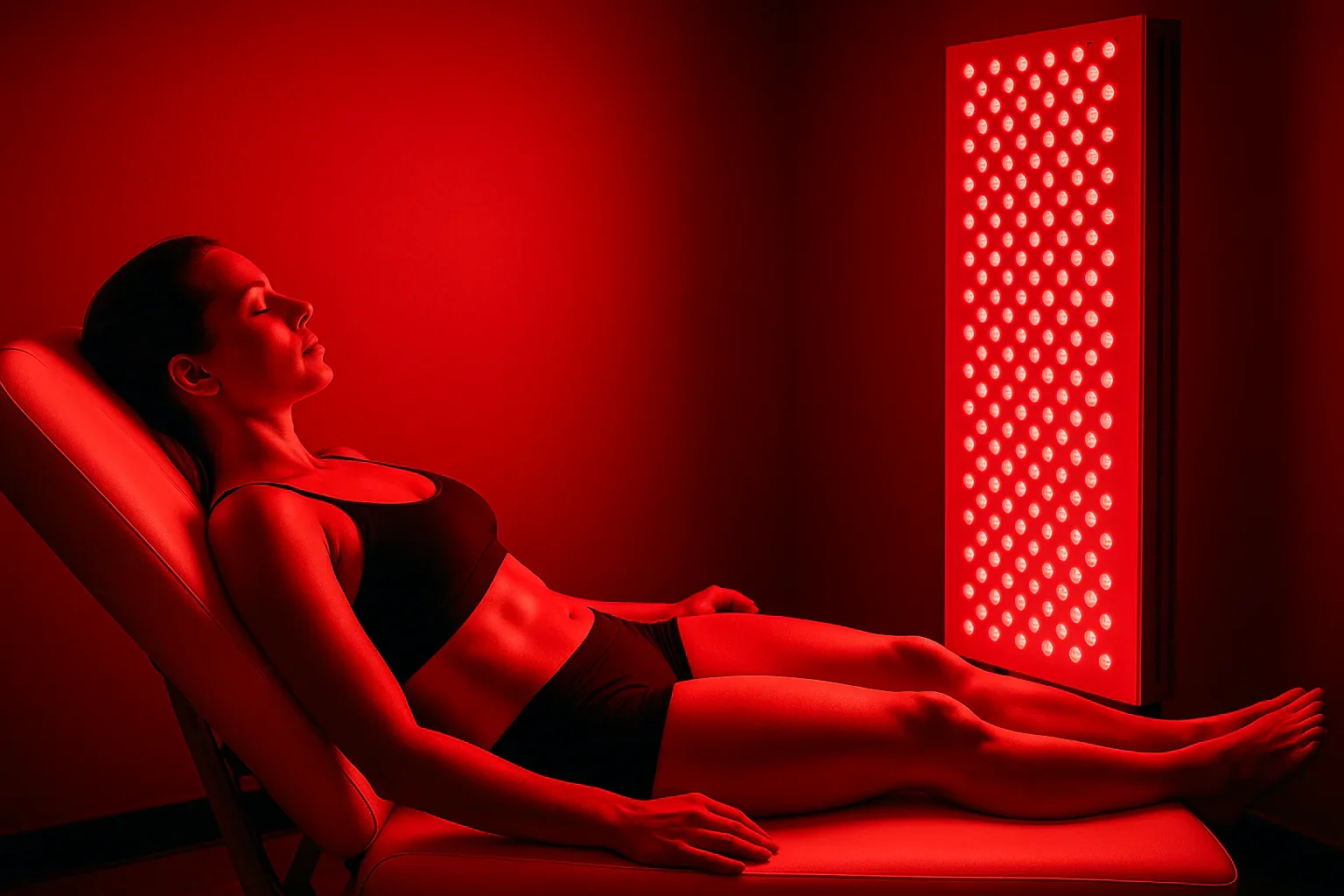Red Light Therapy for Skin: Collagen, Rejuvenation & Radiance
In recent years, red light therapy (RLT) has become one of the most talked-about skin rejuvenation treatments in both wellness clinics and at-home skincare routines. Celebrities, dermatologists, and skincare enthusiasts are all praising its ability to stimulate collagen, reduce signs of aging, and restore a youthful glow. But what exactly is red light therapy, how does it work, and is it really the secret to radiant skin?
What Is Red Light Therapy?
Red light therapy (RLT), also known as low-level laser therapy (LLLT) or photobiomodulation (PBM), is a non-invasive treatment that uses specific wavelengths of red and near-infrared light to penetrate the skin at different depths.
Red light (around 630–660 nm) targets the outer layer of skin (epidermis), stimulating collagen production and improving overall skin tone.
Near-infrared light (around 810–850 nm) penetrates deeper, supporting circulation, cellular repair, and reducing inflammation.
Unlike UV rays, red light does not damage skin cells or cause burns. Instead, it helps the skin heal and regenerate from within.
How Does Red Light Therapy Work for Skin?
The key to red light therapy lies in its impact on the mitochondria, often called the “powerhouse” of cells. When exposed to red and near-infrared light, mitochondria absorb energy, which leads to:
Increased ATP (cellular energy) production – allowing skin cells to repair and regenerate faster.
Collagen stimulation – red light activates fibroblasts (cells that produce collagen and elastin), which keeps skin firm and youthful.
Improved blood flow – delivering oxygen and nutrients to skin tissues for better healing and radiance.
Reduced inflammation and oxidative stress – calming irritated skin, redness, and puffiness.
This combination makes RLT a powerful natural tool for anti-aging and skin rejuvenation.
Benefits of Red Light Therapy for Skin
1. Stimulates Collagen Production
Collagen naturally declines with age, leading to fine lines, sagging, and wrinkles. Red light therapy boosts collagen and elastin, improving skin elasticity and firmness.
2. Reduces Wrinkles and Fine Lines
Clinical studies show that regular RLT sessions smooth wrinkles and reduce crow’s feet, making skin appear more youthful without injections or harsh treatments.
3. Enhances Skin Tone and Radiance
By improving circulation and cellular turnover, RLT helps achieve a brighter, even-toned complexion.
4. Speeds Up Healing and Reduces Scarring
Red light therapy accelerates the healing process, making it beneficial for acne scars, surgical scars, or sun damage.
5. Fights Acne and Redness
Red light reduces inflammation and helps regulate oil production, which can minimize acne breakouts and calm redness from conditions like rosacea.
6. Improves Hydration and Smoothness
Users often notice their skin feels softer, plumper, and more hydrated after consistent sessions.
Red Light Therapy for Different Skin Concerns
Anti-aging → Reduces wrinkles, fine lines, and sagging.
Acne-prone skin → Minimizes breakouts and inflammation.
Sun-damaged skin → Repairs UV-induced damage and restores elasticity.
Hyperpigmentation → Evens out dark spots and discoloration.
Post-treatment recovery → Speeds healing after facials, microneedling, or laser treatments.
How Long Does It Take to See Results?
Most people start to notice improved skin tone and glow after 3–4 weeks of consistent use.
Short-term (2–4 weeks): Brighter skin, reduced redness, improved hydration.
Medium-term (6–8 weeks): Visible reduction in fine lines, smoother skin, collagen boost.
Long-term (12+ weeks): Significant rejuvenation, firmer skin, long-lasting radiance.
Consistency is key—2–4 sessions per week are typically recommended, depending on the device and intensity.
Professional vs. At-Home Red Light Therapy
Professional Treatments
Found in dermatology clinics, medspas, and wellness centers.
Use medical-grade devices with stronger light intensity.
Sessions last 15–30 minutes.
Provide faster, more dramatic results.
At-Home Devices
Handheld panels, masks, or wands available for daily use.
More convenient and affordable long-term.
Require consistent use over several weeks for visible changes.
Tip: For best results, many people combine professional sessions with at-home maintenance.
Is Red Light Therapy Safe?
Yes, red light therapy is generally considered safe, non-invasive, and painless. Unlike UV light, it does not cause burns or skin damage. Side effects are rare but may include:
Mild redness or warmth immediately after treatment.
Temporary dryness if used excessively.
Always follow the recommended usage guidelines and wear protective eyewear if using high-intensity devices.
Best Practices for Red Light Therapy for Skin
Cleanse your skin before each session for better light penetration.
Stay consistent – 2 to 4 times weekly for optimal results.
Combine with skincare – RLT enhances absorption of serums like hyaluronic acid, peptides, or vitamin C.
Avoid overuse – More is not always better; stick to recommended times.
Hydrate and protect – Drink plenty of water and apply SPF daily to protect rejuvenated skin.
Frequently Asked Questions (FAQ)
Q1. How often should I do red light therapy for skin?
Most experts recommend 2–4 sessions per week for noticeable results. Once results are achieved, you can switch to a maintenance routine (1–2 times weekly).
Q2. Can red light therapy help with acne scars?
Yes. RLT boosts collagen production and accelerates skin healing, which helps fade scars and improve skin texture over time.
Q3. Is red light therapy safe for all skin types?
Yes. It is suitable for all skin tones and types, including sensitive skin, since it does not emit UV light.
Q4. Can I combine red light therapy with other skincare treatments?
Absolutely. RLT complements facials, microneedling, and chemical peels by accelerating recovery and enhancing results.
Q5. How long before I see visible improvements?
Many users notice subtle glow and hydration within 2–3 weeks, with significant results (wrinkle reduction, firmer skin) appearing after 8–12 weeks of consistent use.
Q6. Are there any people who should avoid red light therapy?
Pregnant women, individuals with light sensitivity, or those taking photosensitizing medications should consult a doctor before starting RLT.
Final Thoughts
Red light therapy is more than just a skincare trend—it’s a scientifically backed, non-invasive treatment that helps your skin heal and rejuvenate from within. By stimulating collagen, reducing wrinkles, and restoring radiance, RLT offers a natural solution for anyone looking to achieve younger, healthier, and glowing skin.
Whether you choose professional sessions or invest in a high-quality at-home device, consistency is the secret to unlocking the full benefits of this powerful therapy.

